What does a bayonet shovel look like?
Most people who have their own (even if small) plot of land understand perfectly well what a bayonet is shovel. In fact, this tool is an integral part of any garden, which performs an important task. Thanks to a bayonet shovel, you can not only dig up soil and plant seedlings, but also dig a hole or trench and load soil for transportation into a cart.
However, if a person has just started gardening and farming, then he may not know whether this type of shovel is needed, what it looks like and whether there are varieties of it.
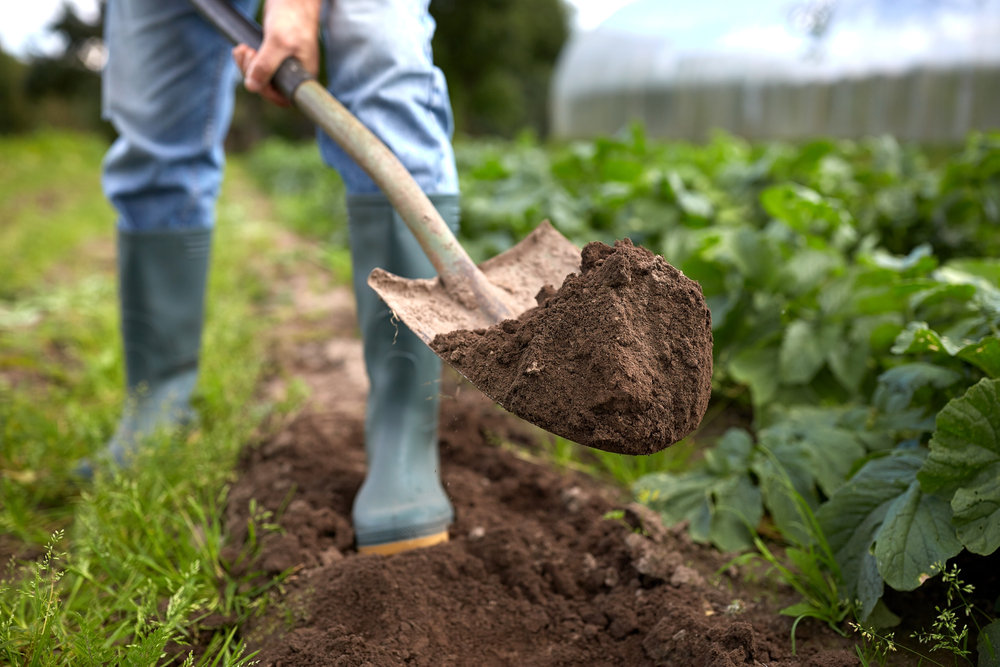
The content of the article
Appearance of a bayonet shovel
In fact, any shovel, including a bayonet one, consists of:
- the working part or canvas is the lowest part, which, in fact, has a direct impact on the material being moved (in this case, the soil);
- handle - a securely mounted lever to “control” the tool;
- Tuleyka - an element located between the canvas and the handle (connecting link), used to securely fix the two previous parts.
The classic version of a bayonet shovel is with a sharp end. That is, the working part itself (the blade) is flat, but pointed in shape (wedge-shaped). On top, as a rule, there are bent platforms - steps, which are convenient to press with your foot, supplementing manual strength.
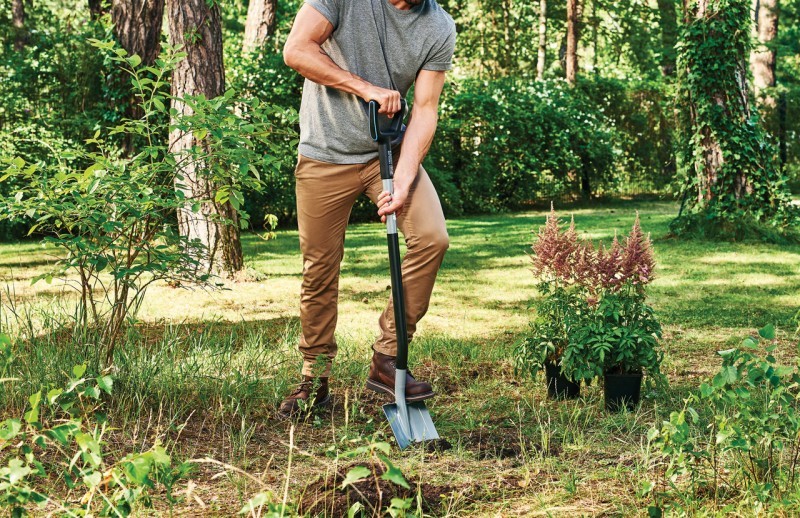
This is a popular tool in the garden. It helps solve the most important problems during planting and harvesting, and can also be used during construction and in everyday life.
If we talk about a tulleka, it can be either separate or a solid structure with a working part. In the first option, it is fixed independently using a welding machine or fasteners, and in the second, fixation occurs in production.
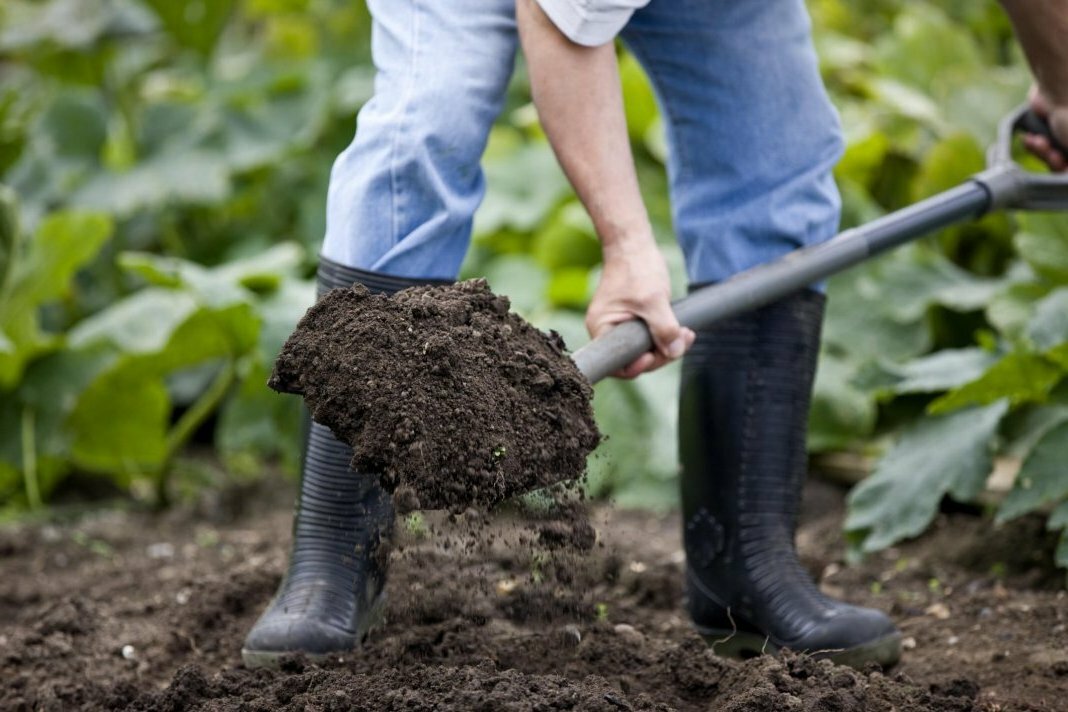
The handle is often made of wood, but can be made of plastic or metal. In some models, it has a handle-top - to make it more convenient to carry, load and transfer material.
The standard parameters of the working part of a bayonet shovel, as well as its weight, were previously dictated by GOST. Many manufacturers are still guided by Soviet documentation when manufacturing:
- width - 20 cm;
- length – 27 cm;
- tulleka – 9 cm.
Today, manufacturers have expanded the limit values. Working dimensions are also considered:
- width - 18–21 cm;
- length - 33–40.5 cm.
The length of the cutting varies from 110 cm to 150 cm.
Modern models have one useful feature - a telescopic handle. If necessary, it can be expanded or folded.
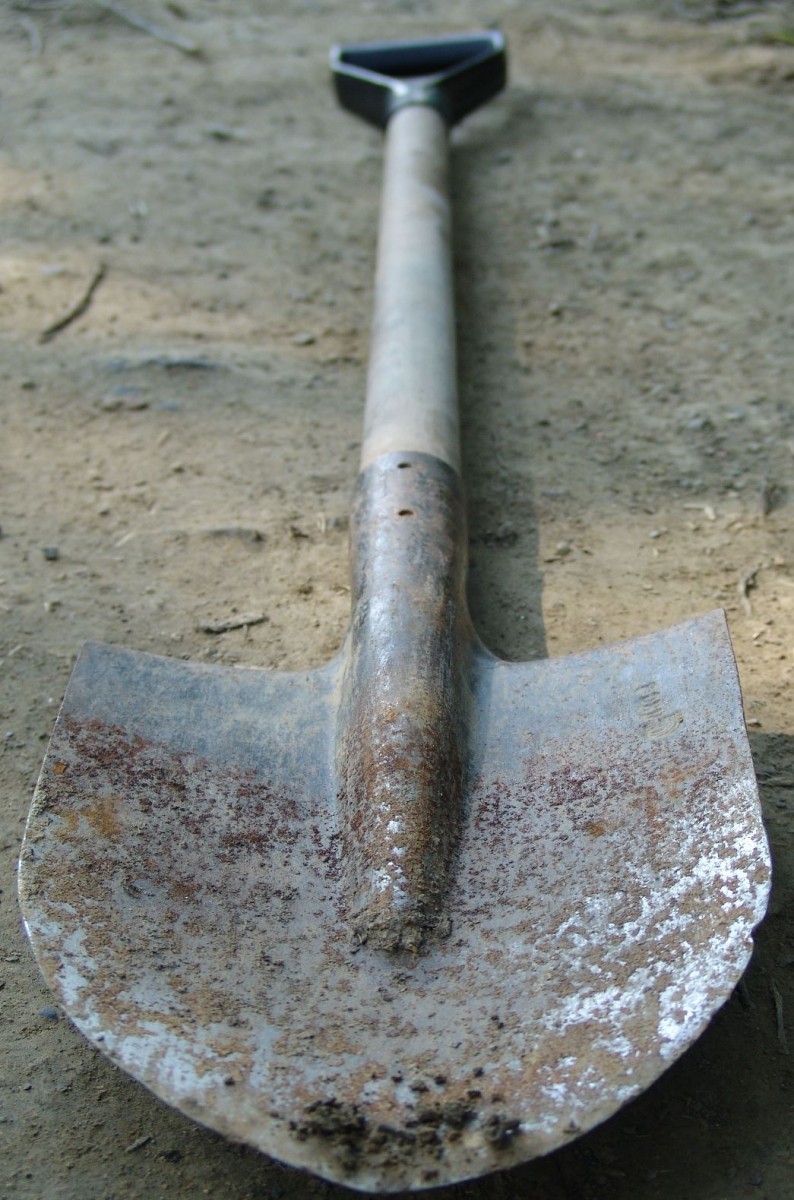
Types of bayonet shovels, what they are intended for
In fact, there are not so many of them.
- The blade shape is round. For work on virgin soil, unplowed soil that is difficult to yield kopke cone-shaped blade. This tool is convenient for turning over turf and digging fairly deep trenches.
Bayonet shovels with a rounded blade must be perfectly sharpened, and the curved upper edge provides a reliable support for the foot. However, such a tool is very heavy and expensive.
- The blade shape is rectangular. For deep loosening of soft soil and removing large amounts of snow. It is also used for breaking ice, cutting off a layer of turf and some other tasks not related to digging up the earth.
- A lightweight design with holes or slots on the blade - for digging up crops, for example potatoes. The root crop remains on the canvas, and the soil spills into the holes, and this greatly facilitates the effort.
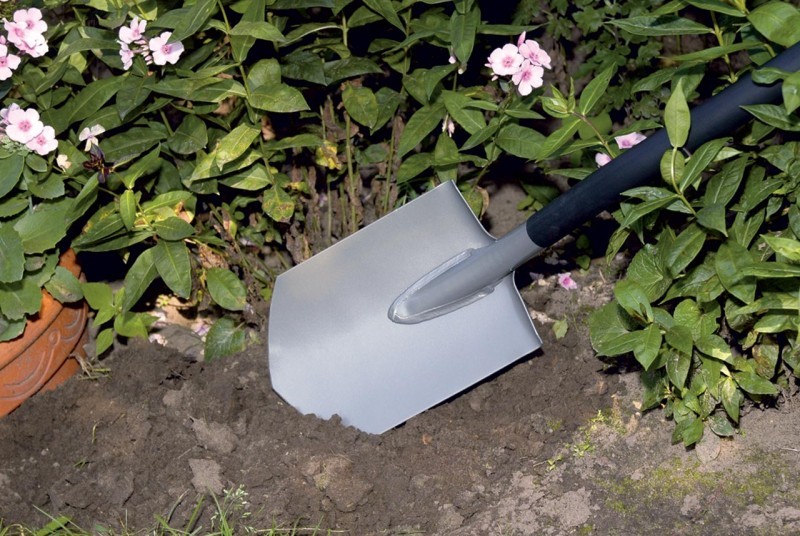
Conclusion
So, based on the above, we can say the following:
A bayonet shovel is a tool for digging up soil, since the shape of the working part is made in such a way that the blade easily enters the ground. A distinctive feature of the bayonet shovel is the end of the blade. It is usually triangular, wedge-shaped, pointed, well sharpened. A characteristic feature is the steps at the top of the canvas (for ease of pressing with your foot).
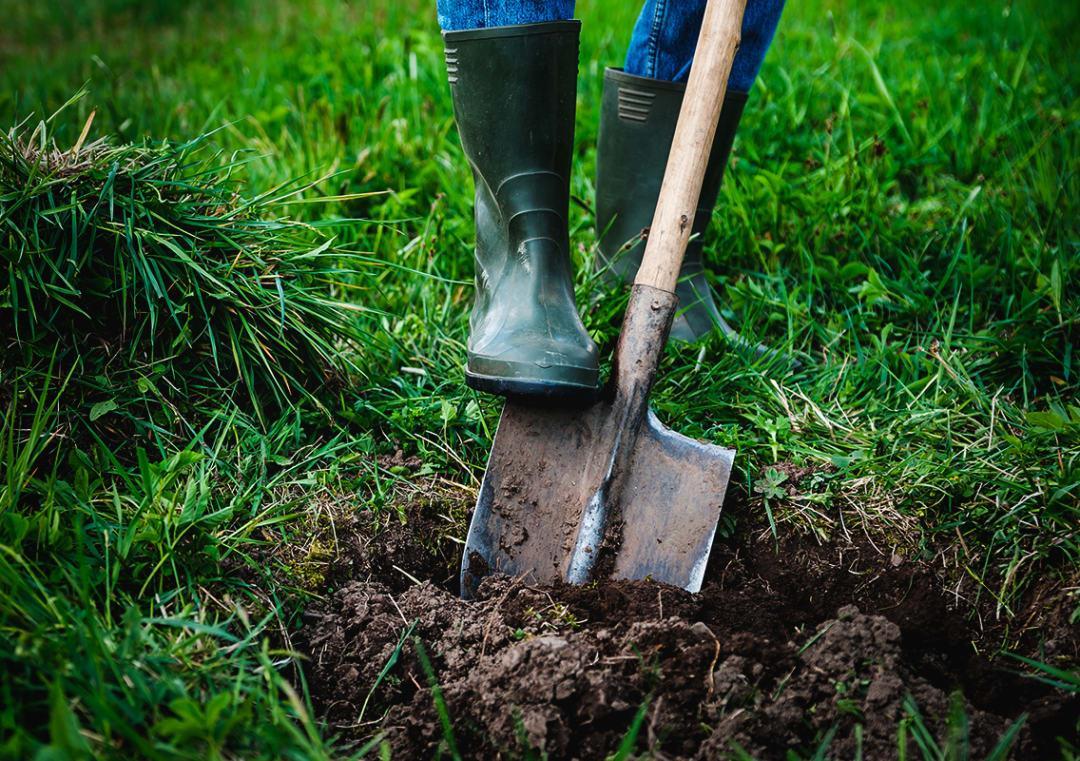
Sizes today can be different - depending on her kind. There are long products (classic), and you can also find small shovels (they are convenient for working in the front garden, digging small holes for planting flowers or small shrubs).




